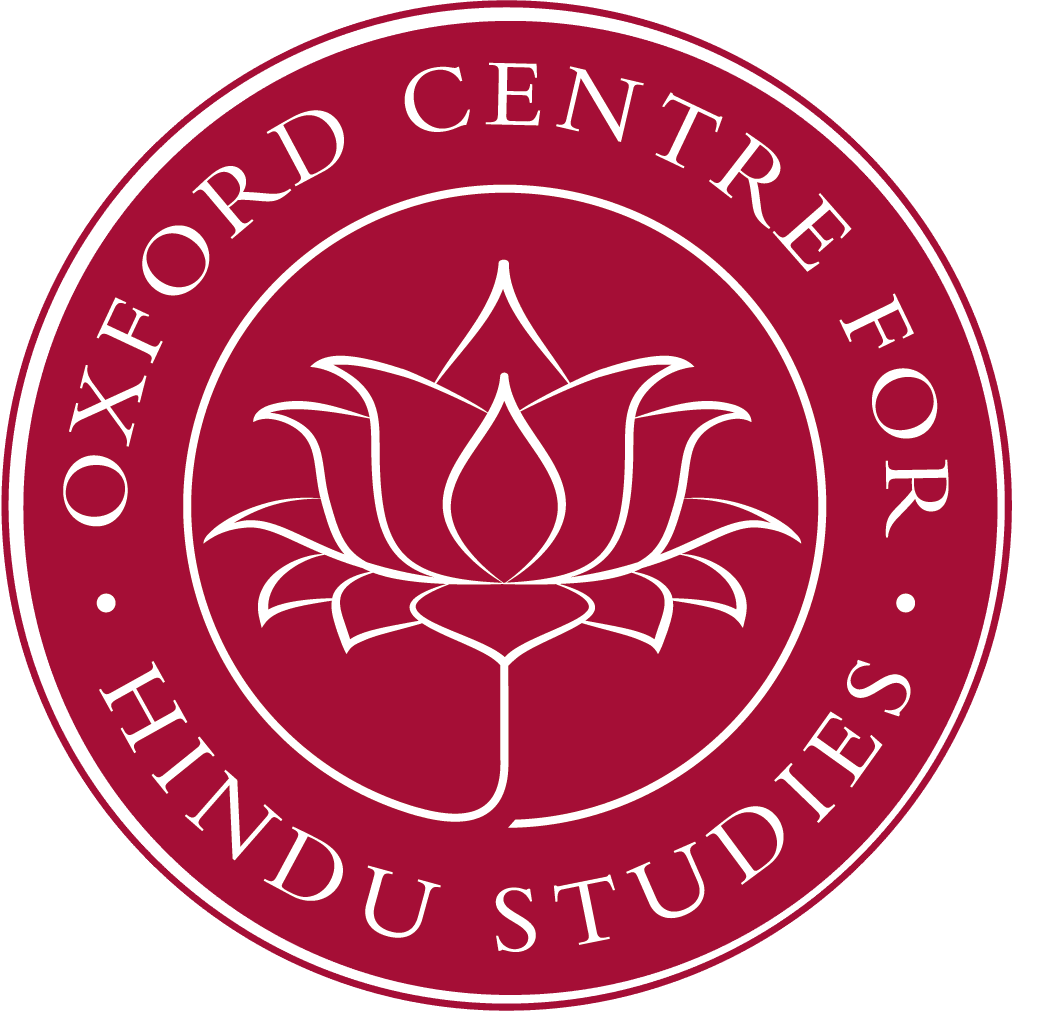The course provides an introduction to Sanskrit for the preliminary paper of the Theology and Religion Faculty in Elementary Sanskrit. The class is designed to introduce students of Theology and Religion to the basics of Sanskrit grammar, syntax and vocabulary. By the end of the course students will have competency in translating simple Sanskrit and reading sections of the Bhagavad-gītā and passages from other texts. The course book will be Maurer’s The Sanskrit Language.
Archives: Lectures
Elementary Sanskrit (MT 2014)
The course provides an introduction to Sanskrit for the preliminary paper of the Theology and Religion Faculty in Elementary Sanskrit. The class is designed to introduce students of Theology and Religion to the basics of Sanskrit grammar, syntax and vocabulary. By the end of the course students will have competency in translating simple Sanskrit and reading sections of the Bhagavad-gītā and passages from other texts. The course book will be Maurer’s The Sanskrit Language.
Vedism and Brahmanism in Buddhist Literature: An Overview (MT 2014)
There is seen the tendency of Vedism and Brahmanism through out the Buddhist literature, right from the early Pāli canon through the Mahāyāna to the late Buddhist Tantric texts. In the Pāli canon, the terms such as veda, vijjā, tevijja, yañña and so on. These terms have basically Vedic connotations; however they have been used in a different, typically Buddhist sense. In the Mahāyāna scriptures, there are a number of Vedic concepts used to praise the Buddhas and the Bodhisattvas. In the Vajrayāna rituals, we find a growing tendency of Vedism and Brahmanism. While borrowing the Vedic and Brahmanical vocabulary, concepts and ritual practices, the Buddhist did not necessarily adhere directly to particular traditions or texts. The proportion of the usage of such vocabulary and ritualistic practices has increased in the Mahāyāna and, more prominently, in late Buddhist Tantric tradition that involved the muttering of various mantras, offerings into fire and other practices, resembling the Vedic and Brahmanical sacrificial ritual.
Readings in Phenomenology: Session One (MT 2014)
Phenomenology is one of the most important developments in philosophy in the twentieth century that has had a deep impact on Theology and Religious Studies. The reading group seeks to engage with some of the fundamental concepts of phenomenology that underlie much work in Theology and the Phenomenology of Religion. This term we will be reading Paul Ricoeur Oneself as Another (trans Kathleen Blamey, University of Chicago Press, 1992). Week 1 we will discuss Chapter one, ‘Person and Identifying Reference, a Semantic Approach.’
Readings in the Netra Tantra: Session One (MT 2014)
The Netra Tantra is an important text of Śaiva tantrism popular in Kashmir some time between the eighth and eleventh centuries CE. These readings will use the KSTS edition along with two manuscripts from Nepal.
History of Rājayoga: Session One (MT 14)
This eight-week lecture series will begin with a detailed examination of the earliest Rājayoga text known to have been written. It can be dated to the 11-12th centuries. We shall also examine many of the scattered references to Rājayoga in later medieval yoga texts, and conclude with Swāmī Vivekānanda’s book on Rājayoga, which is largely responsible for most of the twentieth-century interpretations of Rājayoga. Seeing that the history of Rājayoga is intimately connected with Haṭhayoga, this course will provide an explanation of how the relationship between the two has developed over the centuries.
Dr Jason Birch completed his doctoral thesis in 2013 on a twelfth-century Rājayoga text called the Amanaska, under the supervision of Alexis Sanderson at Oxford University. In 2014, he was a visiting scholar at Loyola Marymount University where he taught courses on the history of yoga for a Masters program in Yoga Studies. Dr Birch has taught Yoga professionally in Australasia and is currently researching several unpublished Sanskrit yoga manuscripts written between the sixteenth and eighteenth centuries, in an attempt to reconstruct the history of yoga on the eve of colonialism.
Veda-stuti (Bhāgavata Purāṇa 10.87) with the Commentary of Śrīdhara Svāmī: Session One (MT14)
The Bhāgavata Purāṇa is undoubtedly the most popular and most sophisticated of the Purāṇas. Written in ornate prose and verse, and infusing Purāṇic narratives with Vedic, Vedānta, and Pāñcarātra thought, this monumental text influenced artists, architects, poets, and theologians for centuries.
The Veda-stuti (‘The Vedas’ prayers of praise’) is one of the Bhāgavata’s most significant theological passages, which offers an easy introduction to the Bhāgavata’s nondual theism and its Vedānta. In this reading class, we will read these verses with the commentary of Śrīdhara Svāmī (thirteenth century), the most celebrated commentator on the text and an important Advaitin Vaiṣṇava author who profoundly influenced the development of Hindu thought in pre-modern South Asia.
This reading class aims to introduce students with an intermediate knowledge of Sanskrit to the poetry of the Bhāgavata Purāṇa, the method and reasoning of Sanskrit commentaries, as well as the intersections of Advaita and Vaiṣṇava Vedānta.
Elementary Sanskrit (MT14)
The course provides an introduction to Sanskrit for the preliminary paper of the Theology and Religion Faculty in Elementary Sanskrit. The class is designed to introduce students of Theology and Religion to the basics of Sanskrit grammar, syntax and vocabulary. By the end of the course students will have competency in translating simple Sanskrit and reading sections of the Bhagavad-gītā and passages from other texts. The course book will be Maurer’s The Sanskrit Language.
